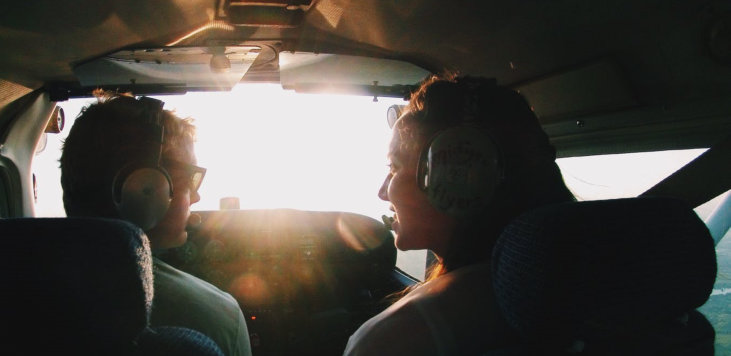Multi Engine Rating
Multiple engines bring a new level of capability to flying. Having more than one power plant enables you to fly higher, farther, and generally bigger and more capable aircraft. Multi-engine aircraft can also be safer in some situations, such as mountain flying and flight over oceans – however the systems on the aircraft are much more complex, not to mention the significant added challenges related to dealing with engine failures. In the event of an engine failure in a multi-engine aircraft, the chances of a successful outcome are very highly linked to pilot proficiency – our mission is to make you a safe pilot.

Entitlements
With this rating, you are able to fly aircraft with multiple engines.

Requirements
In order to obtain a multi-engine rating, you will need:
- Generally, at least a private pilot certificate (technically you could qualify as a private pilot in a multi-engine aircraft, but that would be highly irregular, not to mention very expensive!)
- All of the minimum flight requirements for a single engine private pilot certificate
- 3 hours of cross-country flight training in a multi-engine airplane
- 3 hours of night flight multi-engine training, including 10 takeoff and landings to full stop, and one cross-country flight greater than 100NM
- 3 hours of instrument instruction in a multi-engine aircraft
- All of the minimum solo flight requirements for a single engine private pilot certificate
- Minimum 3 hours of dual instruction in preparation for the practical test in the preceding 2 months
- There is no separate written examination for multi-engine, however there is a comprehensive oral examination and check ride.
